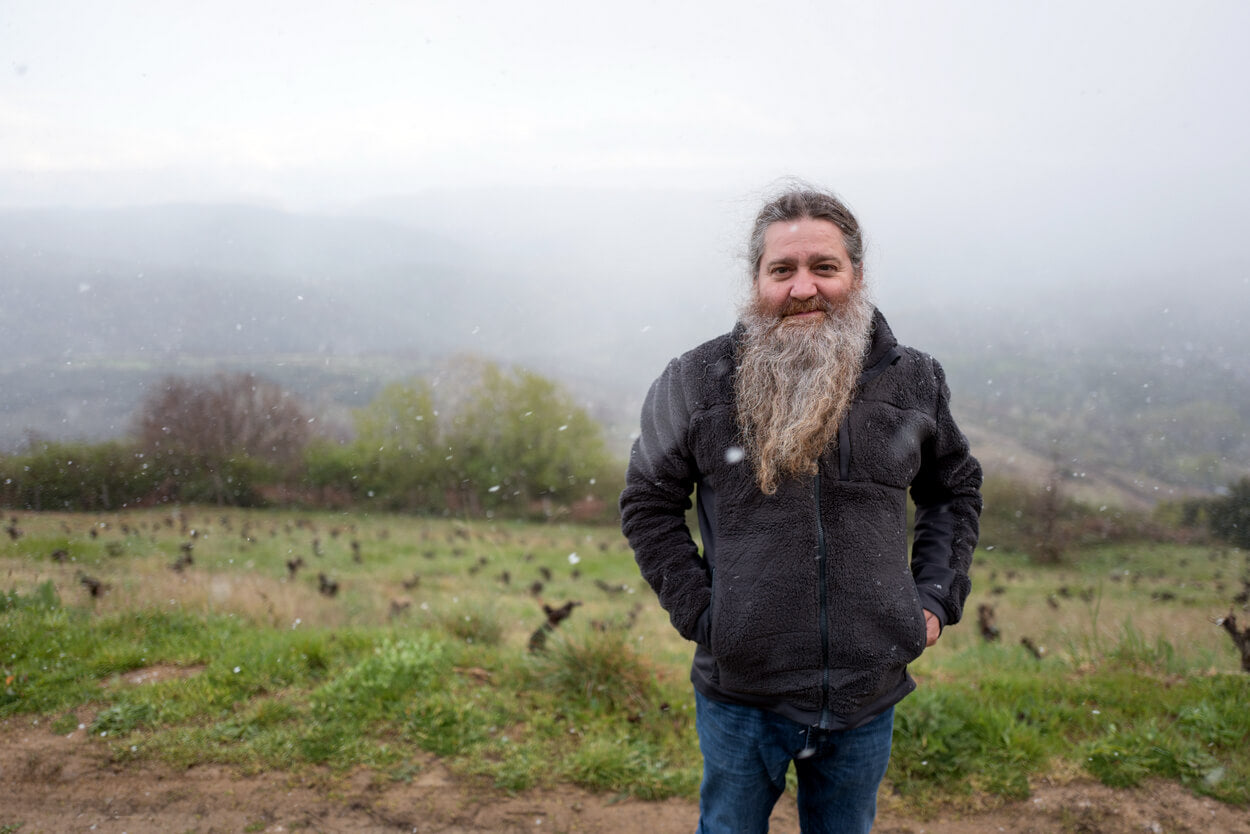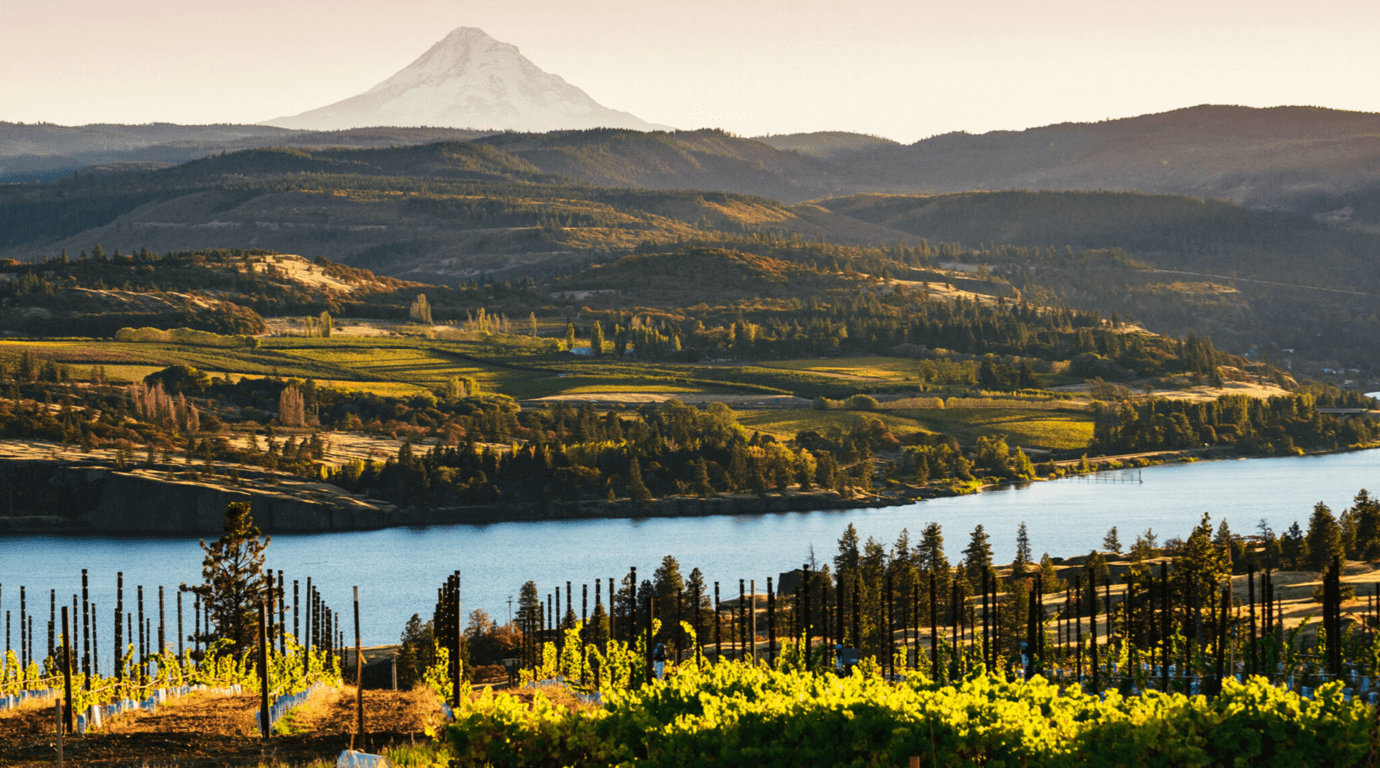
The different municipalities of the Bierzo region covered by the new classification
Tucked away in Spain’s wild, mountainous north-west, Bierzo occupies the remote north-western corner of Castilla y León. So many have passed through it – the Romans mined gold in Las Médulas – enough, it was said to meet the needs of the entire Roman Empire. The Camino to Santiago de Compostela crosses it – its legacy a string of monasteries whose Cistercian monks perpetuated viticulture here throughout the Middle Ages. The Serra dos Ancares, a nature reserve to the north of Bierzo where brown bears roam is now a UNESCO Biosphere.
The Serra dos Ancares also provides some shelter in the north of Bierzo from the worst of the Atlantic weather.

Bierzo’s high valley and the lower slopes of the surrounding mountains enjoy a continental climate – but with sufficient rain.
Over the last 20 years, every vintage has been classified as very good or excellent.
But the reason most attention is currently focused on Bierzo in Spain is the inexorable rise of its Mencía – based reds and the launch of its new classification.
Last year I wrote of how my own enthusiasm for this region took off and how Raúl Pérez in particular has done so much to raise the profile of Mencía here. The recent arrival of 4 single parcel wines in our shops from the “Magician of Mencía” himself makes for a perfect moment to revisit Bierzo and the interesting changes afoot there.
The new Bierzo classification
First mooted in 2017 and finally approved last year, Bierzo’s new classification is not as has so often been the norm in Spain, based on time spent in barrel and cellar before release, but on place – a village or vineyard.
Spiritually closer to Burgundy with its system of village wines, lieux-dits (named vineyards) Premier crus and Grand crus, the new Bierzo classification follows the model of Catalunya’s Priorat with its 12 villages and 459 “Parajes” – specific vineyards, as the main determinant of quality. Rioja has added a similar system to its existing Crianza, Reserva and Gran Reserva model and Cava (belatedly), is coming round to the same view.
The direction of travel for top quality wines in Spain is clear – site trumps barrel ageing.
Of course it helps to have some big hitters on side when you want to drive change. In Bierzo, the presence of Alvaro Palacios and his nephew, Ricardo Pérez Palacios in the Corullón valley has been a massive impetus. Their focus on top quality single vineyard wines like La Faraona has been crucial to the design of the new rules.
And Raúl Pérez himself has of course been making single parcel wines under the La Vizcaína label for some years.
You could argue that new regulations are merely catching up with existing reality. It’s already true that Bierzo is attracting influential young winemakers from other parts of Spain and beyond – enticed here by the region’s patrimony of tiny plots of old, low-yielding bush vines.
Minifundismo – the notion of a Small Holding prevalent across the north of Spain is in part responsible for this. The local inheritance laws decreed an equal distribution of all property between all children, often resulting in plots too small to be viable being abandoned. Many such plots are in sites covered by the new classification – it’s hoped that will lead to more of such plots coming back into production.

Ricardo Pérez Palacios in the cellar in Corullon
Ricardo's uncle, Alvaro, explained that what drew them to want to work in such a remote region was a combination of a mystical landscape (rooted by Monasteries the length of the Camino) and the presence of such old vines – after all if you’re 50 you don’t have time to wait for vines to age another 50 years!

Palacios vineyards in Bierzo
Their entry level “Pétalos” Mencía comes from vines between 30 and 90 years old. Horses are used for ploughing in this steep and hostile terrain.

Bierzo’s new categories
From top to bottom
Wine from a Grand Classified vineyard
(Yields must be 35% below normal)
Wine from a Classified vineyard
(Yields must be 30% below normal)
Wine from a specific area
(Yields must be 25% below normal)
Village wine
(Yields must be 20% below normal)
Bierzo DO – wine from within the region
Normal = Vino de Bierzo
New rules always bring a few complaints…
There are grumbles about extra form-filling (growers have to notify the Consejo the night before picking if they intend to include the wine in the new hierarchy) and mumblings about the lower yield thresholds, but on balance, the new rules are welcome, enshrining site-specific expression and the higher concentration lower yields bring – and more sustainable pricing too.
My own first experience of a Raúl Pérez “Parajes” wine came in 2018 while taking a small group tour to Galicia and Bierzo. We always lunch at La Moncloa de San Lázaro in the little town of Cacabelos before an afternoon visit to Bodegas Estefanía where Raúl Pérez consults.

This modest, rustic, charming restaurant offers a warm unpretentious welcome and hearty Bierzo food. One of the reasons my groups love it is because they don’t need to order in advance.
But the real reason we come here is Ada, daughter of the owners and curator of the Best Wine List in Bierzo.

I just let her roll out one after another exceptional Bierzo wine for us, endlessly replacing fresh glasses for each wine and full of stories about the makers – she is a bottomless well of knowledge, passionate about the region and an amazing advocate for it.
It was Ada who recommended La Poulosa to me 3 years ago.
How lovely then to discover that not just La Poulosa but three more of Raúl Pérez’s vineyard wines from his La Vizcaína range are now on our shelves.
Each one is a field blend of old vines including Mencía of course, but also some Bastardo (aka Trousseau to Jura lovers), Garnacha Tintorera (Alicante Bouschet) , some Doña Blanca and Palomino all from the Valtuille de Abajo area of Bierzo and vinified in the family cellars in the low intervention Pérez manner. All wines are from the exceptional 2018 vintage.
- Las Gundiñas 2018
- La Vitoriana 2018
- La Poulosa 2018
- El Rapolao 2018




